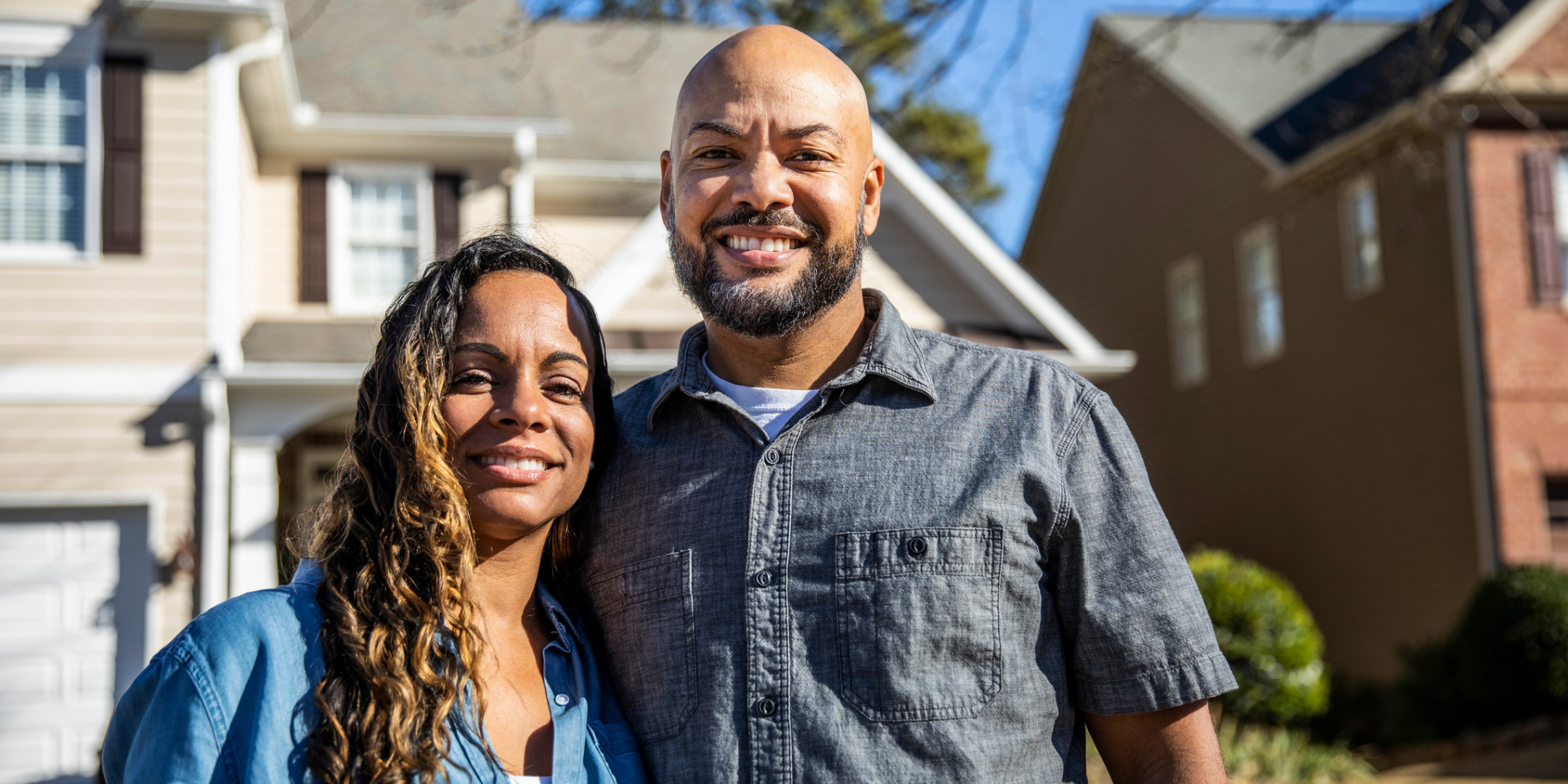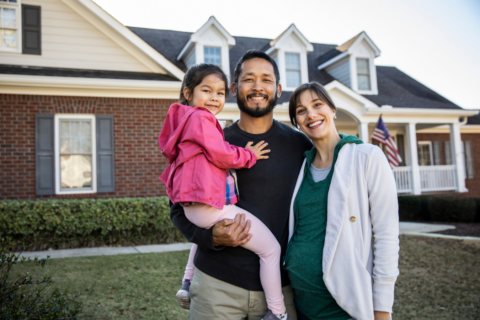A central tenet of the American Rescue Plan Act (ARPA) is that quality, stable housing is a community asset. ARPA’s authors arrived at that conclusion, in part, through a public health lens: In the midst of a pandemic, we need people to be able to shelter at home — and to do that, people need a home to shelter in.
But ARPA is also an acknowledgement that unequal conditions in American society have left particular segments of our communities living on a precarious edge. With low wages and high housing costs, many households are just one economic disruption away from foreclosure or eviction. And the COVID-19 pandemic has been more than “just one economic disruption.” It has been a nearly two-year crisis, and we are not done yet. If not for extraordinary public assistance measures — many of them led and implemented by local governments that stepped up to an historic challenge — hundreds of thousands more households would have lost their homes.
The housing vulnerability that plagues our communities has a geographic and a racial and ethnic dimension to it. It is concentrated in disinvested neighborhoods and amongst Black and Brown households. This is not an accident. It is the consequence of decades of public policies and private practices that have made it difficult for people of color to attain and retain wealth over the years. Until we address these inequalities, our communities will remain vulnerable to future crises — whether they come from climate change, economic shocks, or other pandemics.
ARPA alone will not heal these inequalities, but it can help move us back from the precarious edge. It provides millions of dollars to address housing insecurity, lack of affordable housing, poor housing quality, and homelessness. In doing so, it provides an opportunity for city leaders to build more resilient communities — places that are better able to weather the storms of modern life without placing the health, safety and well-being of residents at risk.
Few housing models embrace the ethos of stability and resilience more than community land trusts (CLTs). Other affordable housing efforts offer a one-time fix by creating units that remain affordable for a short period of time before the affordability restrictions inevitably expire, and then the units may be rented or sold at market rate. For the families that benefit from these programs, they are a real win. For communities, though, they are a fleeting fix. As the affordability restrictions expire, the communities are left scrambling to find even more resources to produce affordable units to replace those they have lost.
Community land trusts take a different approach. A community land trust is a nonprofit, community-based organization that acquires, owns and stewards land permanently for the common good. CLTs are best known for providing affordable homeownership opportunities that last for generations. They do this by retaining ownership of a plot of land and selling the housing on that land to lower-income households. In exchange for below-market prices, purchasers agree to resale restrictions that ensure the homes will remain affordable to subsequent buyers, sale after sale after sale. Many CLTs also own and manage rental units, and they bring the same commitment to lasting affordability to these units that they bring to for-sale units.
Accordingly, the affordability provided by housing held by a community land trust isn’t just a one-time effort or a short-term solution. It’s a permanent feature of the community’s housing landscape. It is affordable housing as infrastructure and community assets. Communities served by community land trusts can count on the housing to help meet community needs not just today, but for generations to come.
Investing ARPA dollars into community land trusts, therefore, is a smart use of this historic opportunity to impact the housing landscape in cities and communities nationwide. However, not every community is served by a CLT. Municipalities typically do not start CLTs themselves, but there is much they can do to foster the establishment of CLTs by interested residents and community stakeholders.
Helpful activities by local governments include:
- Introducing the community to the idea of a CLT
- Convening stakeholders
- Participating in the planning process
- Staffing the CLT during the start-up phase
- Hiring consultants and other experts to support the CLT
- Providing start-up funding
- Ensuring a pipeline of projects and subsidy dollars to sustain operations in the first few years
It is also critical for the success of CLTs that cities support CLT operations through appropriate policies, like:
- Strategically acquiring land for affordable housing and prioritizing lasting affordability when the city disposes of it
- Establishing land banks and tapping their resources to provide a pipeline of land and projects for community land trusts
- Prioritizing lasting affordability in affordable housing funding allocations — both by making it easier for CLTs and other organizations that provide lasting affordability to access funds, and by providing larger subsidies in order to help CLTs accomplish their affordable housing mission
Cities can tap ARPA dollars to pursue many or all of the above strategies. In doing so, it is critical that cities apply a racial equity lens to their work by directing resources to projects in places and at income levels that will help address the longstanding inequalities in our society. The result will be exactly the kind of housing stability and community resilience that ARPA seeks to foster.
Learn More
For more information on the municipal role in supporting community land trusts, read the recent publication Community Land Trusts: A Guide for Local Governments, or join us at the upcoming workshop, “Lasting Affordability & Stability: Exploring Shared Equity Housing Models” at NLC’s 2021 City Summit.

About the Author:
Matt Weber is the State and Local Policy Senior Specialist at Grounded Solutions Network.






